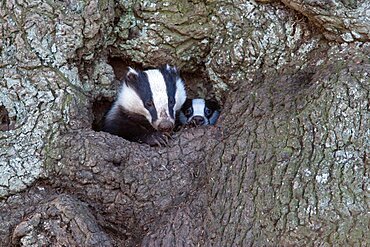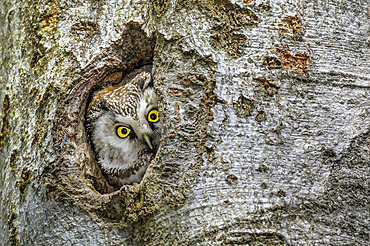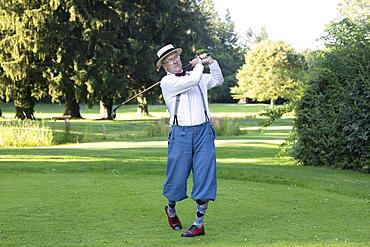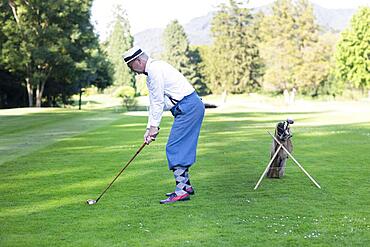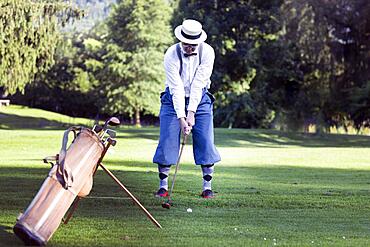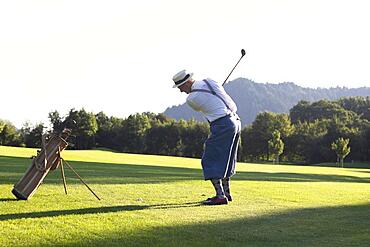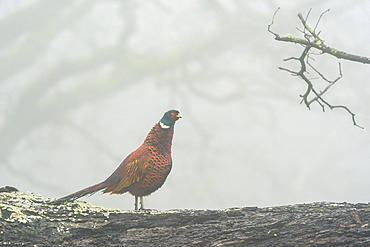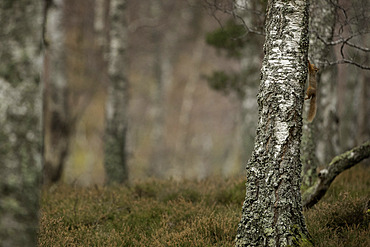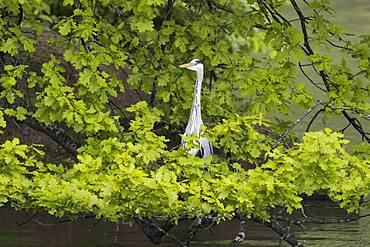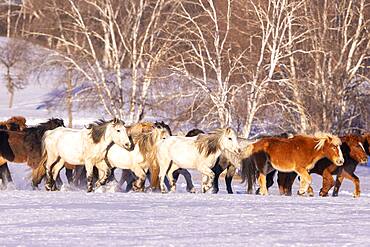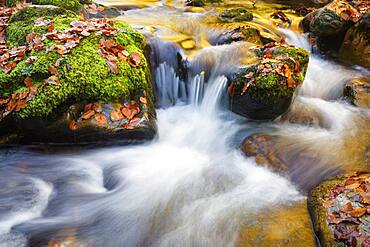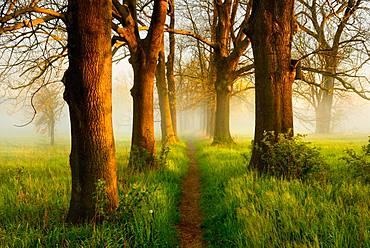Recent searches
Loading...
832-401599 - Coastal forest and surf, beech trees on the beach of the Baltic Sea, Graal-Mueritz, Mecklenburg-Western Pomerania, Germany, Europe
832-398410 - Glass of whiskey with ice on wooden table with bottle and barrel on background
832-398796 - Eurasian jay (Garrulus glandarius) standing on branch of an english oak (Quercus robur), snow-covered branches and leaves, Hesse, Germany, Europe
832-398229 - Holm Oak (Quercus ilex) in a field, aerial view, drone shot, Almeria province, Andalusia, Spain, Europe
832-398228 - Holm Oaks (Quercus ilex) in a field, aerial view, drone shot, Granada province, Andalusia, Spain, Europe
860-291384 - Badger (Meles meles )Female and cub on the side of an oak tree, England
860-291383 - Badger (Meles meles) coming out from under an oak tree
860-290888 - Tengmalm's Owl (Aegolius funereus) in a lodge dug in a beech tree by a black woodpecker, Massif des Bauges, France
832-394964 - Autumn-coloured oak (Quercus) in the fog, behind Bernese Alps, mountains Eiger, Moench, Jungfrau, Canton Basel-Landschaft, Switzerland, Europe
832-394861 - Dead old beech (Fagus), Sababurg primeval forest, Hesse, Germany, Europe
832-394907 - Woman at an old beech tree, Sanssouci World Heritage Park, Potsdam, Brandenburg, Germany, Europe
832-393471 - Older man in straw hat and knickerbockers playing hickory golf on a golf course
832-393469 - Older man in straw hat and knickerbockers playing hickory golf on a golf course
832-393470 - Older man in straw hat and knickerbockers playing hickory golf on a golf course
832-393467 - Older man in straw hat and knickerbockers playing hickory golf on a golf course
832-393468 - Older man in straw hat and knickerbockers playing hickory golf on a golf course
832-393472 - Older man in straw hat and knickerbockers playing hickory golf on a golf course
832-393474 - Older man in straw hat and knickerbockers playing hickory golf on a golf course
832-393473 - Older man in straw hat and knickerbockers playing hickory golf on a golf course
860-290071 - Pheasant (Phasianus colchicus) standing on a tree trunk in the mist, England
860-289757 - A Red Squirrel (Sciurus vulgaris) explores his surroundings in the Cairngorms National Park, Scotland.
860-290070 - Pheasant (Phasianus colchicus) flapping his wings in the mist, England
832-392157 - Alentejo landscape, red cows grazing among cork trees, Portugal, Europe
832-393159 - Two milk cans are standing on a table in front of the village oak in the centre of the Rundlingsdorf Kuesten, district of Luechow-Dannenberg, Wendland, Lower Saxony, Germany, Europe
832-392026 - European Beech (Fagus sylvatica) in autumn, Rieden am Forggensee, Ostallgaeu, Allgaeu, Swabia, Bavaria, Germany, Europe
832-391947 - Grey heron (Ardea cinerea), standing on a branch of an oak (Quercus), Hesse, Germany, Europe
860-288819 - night photography in the urbasa forest beech urbasa urederra navarra spain
860-288825 - Fog in the corner of fairies beech in autumn, Montseny, Catalu?a, Spain
860-289035 - Horses in a meadow covered by snow, Zhangjiakou, Bashang Grassland, Hebei Province, Inner Mongolia, China
860-289032 - Horses in a meadow covered by snow, Zhangjiakou, Bashang Grassland, Hebei Province, Inner Mongolia, China
860-288795 - Black pigs in dehesa in Estramadura, Spain. A dehesa is an agro-sylvo-pastoral mode of cultivation formed by a sparse undergrowth grazing where pigs or sheep graze freely and where green or cork oaks grow, cut and exploited. This very old system persists in the poor and dry areas of the Mediterranean basin and covers several million hectares in the Iberian Peninsula.
860-288831 - Colourwater of leaves in Reserve of Muniellos spring, Cangas de Narcea Muniellos beech asturies spain
832-390002 - Beeches in the snow, Geo-Naturpark Frau-Holle-Land, Hesse, Germany, Europe
832-389584 - Eurasian red squirrel (Sciurus vulgaris) with acorn in its mouth, Schleswig-Holstein, Germany, Europe
832-389172 - Oak ( Quercus) in hoarfrost at the edge of the field in winter, tree, Vechta, Lower Saxony, Germany, Europe
832-389173 - Oak ( Quercus) in hoarfrost at the edge of the field in winter, tree, Vechta, Lower Saxony, Germany, Europe
832-389174 - Oak ( Quercus) in foggy, winterly landscape, tree, bare, Vechta, Lower Saxony, Germany, Europe
832-389176 - Oak ( Quercus) in hoarfrost, winter, tree, Vechta, Lower Saxony, Germany, Europe
832-389033 - Bare oaks at sunrise, Boller Moor, Lower Saxony, Germany, Europe
832-389065 - Snow-covered oak trees in a misty winter landscape, Lower Saxony, Germany, Europe
832-388900 - Hiking trail through beech forest in autumn, morning fog, sun shines through the foliage, cross processed, Burgenlandkreis, Saxony-Anhalt, Germany, Europe
832-389064 - Snowy oak tree in a misty winter landscape, Lower Saxony, Germany, Europe
832-388906 - Gnarled old beech on rocks with moss in spring, fresh green foliage, Kellerwald-Edersee National Park, Hesse, Germany, Europe
832-389063 - Snowy oak tree in a misty winter landscape, Lower Saxony, Germany, Europe
832-388907 - Sunny natural beech forest, sun shines through haze after rain showers, Stubnitz, Jasmund National Park, UNESCO World Heritage Old Beech Forests, Island of Ruegen, Mecklenburg-Western Pomerania, Germany, Europe
832-388684 - Oak (Quercus ) in morning fog, Irndorfer Hardt, Upper Danube nature park, Baden-Wuerttemberg, Germany, Europe
832-388685 - Oak (Quercus ) in morning fog, Irndorfer Hardt, Upper Danube nature park, Baden-Wuerttemberg, Germany, Europe
832-388822 - Man with flashlight at Oak (Quercus) on the Roethelberg with starry sky at night, tree, silhouette, Hohen-Demzin, Mecklenburg-Western Pomerania, Germany, Europe
832-388590 - Bloomer (Allium ursinum), beech forest, back light, Greifenstein, Hesse, Germany, Europe
832-388261 - Hiking trail through Common beeches forest (Fagus sylvatica), with flowering Ramsons (Allium ursinum), Sihlwald Wilderness Park, Canton Zurich, Switzerland, Europe
832-385065 - Huge old gnarled Beech (Fagus), black and white, Reinhardswald, Sababurg, Hesse, Germany, Europe
832-387657 - Solitary linden tree (Tilia) on green meadow, dandelion in bloom, blue sky with clouds, Hainich National Park, Thuringia, Germany, Europe
832-385073 - Solitary bare Oak (Quercus), harvested fields with hoarfrost, Burgenlandkreis, Saxony-Anhalt, Germany, Europe
832-385063 - Sun rays shine between tree trunks in the autumn forest, mixed forest of spruce and beech, Mansfeld-Suedharz, Saxony-Anhalt, Germany, Europe
832-384921 - Large Linden trees (Tilia) and Oaks (Quercus) are striving towards the light, view from below into the treetops, Mecklenburg-Western Pomerania, Germany, Europe
832-385081 - Beech forest in spring in dense fog, fresh green leaves, Kellerwald-Edersee nature park, Hesse, Germany, Europe
832-385068 - Narrow path through oak and ash avenue, fog, morning light, Naumburg, Saxony-Anhalt, Germany, Europe
832-384926 - Avenue of Oaks (Quercus) and ashes (Fraxinus) in autumn, sun shines through morning fog, Burgenlandkreis, Saxony-Anhalt, Germany, Europe
832-385083 - Beeches forest (fagus) with last yellow leaves in autumn, bare trees and fog, Kellerwald-Edersee National Park, Hesse, Germany, Europe
832-387676 - Field paths and oak with hoarfrost in morning light, near Icking, drone shot, Upper Bavaria, Bavaria, Germany, Europe
832-385631 - Golden morning light, old Solitaire Oak, English oak (Quercus robur) on the meadows of the Elbe in the morning fog, Middle Elbe Biosphere Reserve, Saxony-Anhalt, Germany, Europe
832-384922 - Mysterious deciduous forest with fog in autumn, bare Beeches (Fagus), Ore Mountains, Czech Republic, Europe
832-387699 - Light-flooded beech forest, sun shines through fog, near Freyburg, Burgenlandkreis, Saxony-Anhalt, Germany, Europe
832-387659 - Giant old beeches, natural beech forest, forest reserve Kleinengelein, view into the treetops, Steigerwald, Lower Franconia, Bavaria, Germany, Europe
832-387658 - Cultural landscape in spring, solitary oak (Quercus robur) in blooming Rape field (Brassica napus), peace oak, planted in 1871 after the Franco-Prussian War, blue sky, Hombressen, Hesse, Germany, Europe
832-384925 - Avenue of Oaks (Quercus) and ashes (Fraxinus) in autumn, sun shines through morning fog, Burgenlandkreis, Saxony-Anhalt, Germany, Europe
832-386111 - Oak at sunset, Muensing, silhouette, Upper Bavaria, Bavaria, Germany, Europe
832-385077 - Sun shines brightly through natural beech forest (Fagus sp.), Stubnitz, Jasmund National Park, island Ruegen, Mecklenburg-Western Pomerania, Germany, Europe
832-384924 - Mysterious deciduous forest with fog in autumn, bare Beeches (Fagus), Ore Mountains, Czech Republic, Europe
832-385072 - Beeches forest (fagus) with last yellow leaves in autumn, bare trees and fog, Kellerwald-Edersee National Park, Hesse, Germany, Europe
832-385085 - Solitary Oak (Quercus) with red autumn leaves, harvested fields with hoarfrost, Burgenlandkreis, Saxony-Anhalt, Germany, Europe
860-288665 - Damage to a Coast Live Oak (Quercus agrifolia) caused by the California Oak Moth (Phryganidia californica), the most important oak-feeding caterpillar throughout its range, which extends along the coast and through the coastal mountains of California. The caterpillars can strip a tree of all leaves but the Coast Live Oak trees usually recover in subsequent years.
860-288112 - Little owl (Athena noctua) perched inside an hollow oak tree, England
860-288152 - Birches (Betula sp) in spring foliage and Roebuck (Capreolus capreolus) in a peat bog, Swamp of Hell, Savoie, France
860-287761 - Holy oak of Virgin, circumference of 7,90 m to 1,20 m high, about 5OO years old, statuette of the Virgin, roadside, Bresilley, Haute Saone, France
860-287534 - Birches in autumn mist, Bog of the Swamps of Hell, Bugey, Savoie, France
860-287345 - Beech forest near Lago Santo, Bardi, Parma, Emilia-Romagna, Italy
860-287335 - A very old oak tree at sunset, Bardi, Parma, Emilia Romagna, Italy
860-287341 - Beech trees forest in the fog, Corniglio Parma, Emilia Romagna, Italy
860-286972 - Frosted trees on a forest path in winter, Moselle, France
832-383664 - Mysterious forest in the fog, bizarrely overgrown bare beeches, autumn, Ore Mountains, Czech Republic, Europe
832-383665 - Mysterious forest in the fog, bizarrely overgrown bare beeches with curved trunks, autumn, Ore Mountains, Czech Republic, Europe
832-383666 - Mysterious forest in the fog, bizarrely overgrown bare beeches with curved trunks, autumn, Ore Mountains, Czech Republic, Europe
860-286674 - logging truck loading of beech logs , above Hohwald, between the Col de la Charbonnière and Champ du Feu, High Vosges, Alsace, France
860-286788 - Red squirrel (Sciurus europaeus) down along a trunk in a beech forest in the fog in the spring, Belgium
832-382793 - Old solitary Oak (Quercus) in green field, dawn, morning fog, Harz foreland, Saxony-Anhalt, Germany, Europe
832-382242 - Beech (Fagus sp.) forest in autumn, sun rays shining through trees, Harz, Saxony-Anhalt, Germany, Europe
832-382374 - Beech (Fagus sp.) forest in autumn, sun rays shining through trees, Ziegelrodaer Forst, Saxony-Anhalt, Germany, Europe
832-380372 - Solitary oak, English oak (Quercus robur) in autumn fog, Freiburg im Breisgau, Black Forest, Baden-Wurttemberg, Germany, Europe
832-379561 - Spanish imperial eagle (Aquila adalberti) sits on a Holm Oak (Quercus ilex), Castilla y Leon, Spain, Europe
832-245734 - European Beech (Fagus sylvatica), winter landscape, Swabian Alb, Baden-Wuerttemberg, Germany, Europe
832-215255 - Snow-covered Copper Beech (Fagus sylvatica), Schauinsland, southern Black Forest, Baden-Wuerttemberg, Germany, Europe
832-215249 - Snow-covered Copper Beech (Fagus sylvatica), Kandel, southern Black Forest, Baden-Wuerttemberg, Germany, Europe
832-215256 - Snow-covered Copper Beech (Fagus sylvatica), Schauinsland, southern Black Forest, Baden-Wuerttemberg, Germany, Europe
832-212683 - Beeches (Fagus) on Mt. Schauinsland, Baden-Wuerttemberg, Germany, Europe
832-188255 - Beeches in autumn, nature reserve, Sababurg virgin forest, Reinhardswald, Hofgeismar, North Hesse, Hesse, Germany, Europe








